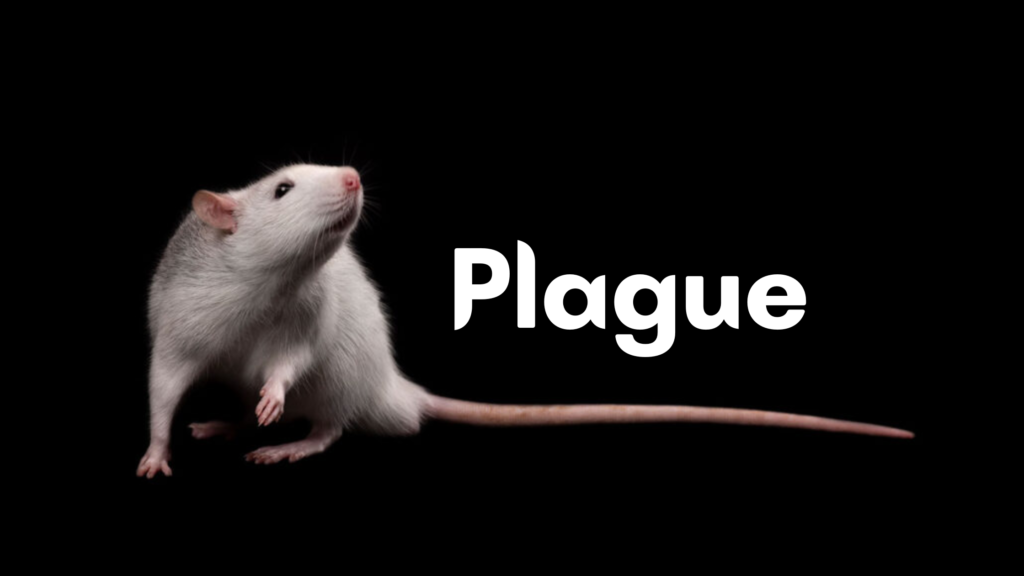What is Plague?
Plague is a serious infectious disease caused by the bacterium Yersinia pestis. Historically, it has caused some of the deadliest pandemics, including the Black Death in the 14th century. Although rare today, plague still exists in some parts of the world.
Types of Plague
There are three main forms of plague, based on how the infection manifests:
- Bubonic Plague
- The most common form.
- Characterized by swollen, painful lymph nodes called buboes (often in the groin, armpits, or neck).
- Symptoms include fever, chills, headache, fatigue, and muscle aches.
- Septicemic Plague
- Occurs when the infection spreads in the bloodstream.
- Symptoms include fever, chills, abdominal pain, shock, bleeding into the skin and organs.
- Can cause tissue death (gangrene), especially in fingers, toes, and nose.
- Pneumonic Plague
- Infection spreads to the lungs.
- Can be transmitted person-to-person via respiratory droplets.
- Symptoms include fever, headache, weakness, and rapidly developing pneumonia with shortness of breath, chest pain, cough, and sometimes bloody or watery sputum.
- This form is the most dangerous and can be fatal without treatment.
How is Plague Spread?
- Bubonic plague is primarily transmitted by bites from infected fleas that live on rodents (rats, squirrels).
- Pneumonic plague can spread from person to person through airborne droplets.
- Contact with tissues or fluids of infected animals or people can also transmit the disease.
Symptoms
| Plague Form | Symptoms |
|---|---|
| Bubonic | Fever, chills, swollen lymph nodes (buboes), headache, fatigue |
| Septicemic | Fever, chills, abdominal pain, bleeding, shock, gangrene |
| Pneumonic | Fever, cough, chest pain, difficulty breathing, bloody sputum |
Diagnosis
Diagnosis is made through laboratory tests that detect Yersinia pestis in blood, sputum, or lymph node samples.
Treatment
Plague can be treated effectively with antibiotics such as streptomycin, gentamicin, doxycycline, or ciprofloxacin, especially if started early. Supportive care is important.
Prevention
- Control rodent populations and fleas, especially in plague-endemic areas.
- Avoid contact with wild rodents and their fleas.
- Use insect repellent and wear protective clothing.
- Practice good hygiene and sanitation.
- Early treatment and isolation of pneumonic plague patients to prevent spread.
Historical Impact
Plague caused several devastating pandemics, including:
- The Black Death (14th century), killing millions in Europe and Asia.
- Recurring outbreaks over centuries shaping population, economies, and history.
